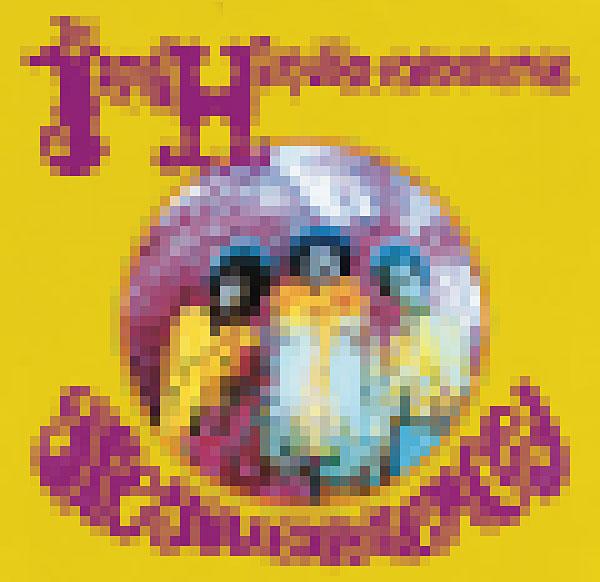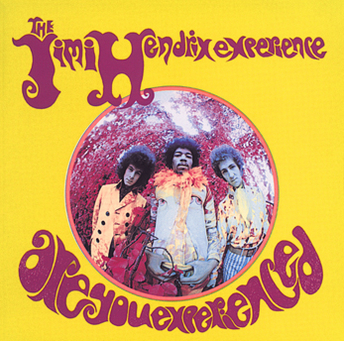| Columns Retired Columns & Blogs |
Sure Vinyl may not possess the ruler flat frequency response that digital has, but it is not in the frequency domain that vinyl excels: it is the time domain.
Vinyl is a great source because its impulse response is excellent, the movement of the needle creates a near instantaneous electrical signal. This is what many hear as real dynamics!
Even the best digital is lousy in the time domain; not to pick on just one but the NAD M51 DAC that was recently reviewed and raved about in this magazine rang like a bell for a milisecond before and after a single impulse signal was passed through it. This is due to the oversampling which is a form of digital feedback.
I often find their are no free lunches in audio, and this is a classic example. But were a person's hearing often compensates for slight frequency response deviations the ear does not compensate for time domain distortions.
Great to see you writing for Stereophile Steve, but I hope that you can elevate the discourse above the simplistic CD vs. Vinyl debate that wages between on novices at CNET.
P.S. love the Quad ESL's (perfect time domain behaviour)!





















































